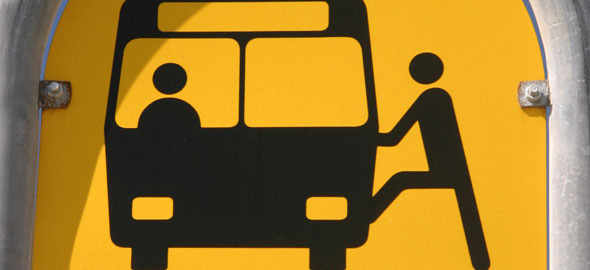Pressures
There will be a number of pressures facing our community over the next ten years all of which will challenge our collective ability to achieve the aspirations of this Plan. We identify and explore below the most significant of these pressures as this provides important context when considering the Community Strategic Plan.
Tensions of population growth
Warringah’s population is forecast to grow by 11,000 people to 158,000 residents by 2023. This is a moderate level of growth, compared to other parts of Sydney and will contribute to a prosperous and diverse labour market. The growth will need to be carefully managed to ensure there is sufficient housing and jobs to support the increase in residents and that this doesn’t come at the cost of the character of our neighbourhoods.
At the same time, our community is evolving. We are living longer; the number of people aged over 65 years is forecast to grow. We need to adjust to these changes so support services reflect the needs of the community and our public spaces are accessible

Housing choice
By 2031, Sydney will need an additional 545,000 new dwellings to accommodate a growing population. The NSW government is still to announce Warringah’s share of this target however, the Hornsby, Ku-ring-gai, Manly, Pittwater and Warringah region needs to contribute 37,000 dwellings. This will happen gradually over time and the options available to us include concentrating future growth within existing centres, allowing dual occupancies throughout the area, or releasing land on the urban fringe.
Our community needs a variety of housing options. Peoples’ requirements change as they get older, they want to remain in the area but move into smaller more suitable accommodation. One or two person households are also becoming more prevalent, occupying 54% of all dwellings in Warringah in 2011.
Housing affordability is a key issue both now and in the future, especially for first time buyers. Demand for housing has contributed to rising costs, making it difficult for many people to remain in the area. Low levels of affordable housing affects key workers, youth, older people, lower income earners, single parents and people with a disability and can negatively impact on the composition of a community. Key workers, in particular, provide essential services in social support, education, crime prevention and health industries. Offering more housing choice can also contribute to local economic growth, for instance by attracting young entrepreneurial and skilled workers.
In planning for the future, we will need to balance the need to accommodate a growing population with potential loss of bushland and impact on our waterways. We will also need to balance the need for affordable, diverse housing options with retaining the character of our neighbourhoods.
Economy growth and local Jobs
Over 15,000 businesses call Warringah home, providing 50,000 local jobs. We have some large employers however a significant number are home based or small businesses. Compared to other parts of Sydney our economy is self-contained; over 59% of our workforce live and work locally and 76% work within the region.
Our economy needs to provide additional jobs for our growing population. By 2031 the Hornsby, Ku-ring-gai, Manly, Pittwater and Warringah region needs to contribute 39,000 new jobs. The NSW government is still to announce Warringah’s share of the region’s target.
We need to grow our economy in a sustainable way providing jobs that match the skills of local residents. Containment has increased importance given the pressures on our road network.

Sustainable transport
Transport modelling by the NSW Government shows demand for access to and from the northern beaches will increase - putting more strain on transport infrastructure. Unless things change we can expect a higher level of congestion, with longer journey times and peak periods. This will limit our capacity to attract employers who create the jobs and deliver the services we need, impacting on the quality of life in the community.
Our transport is significantly constrained, especially along Pittwater Road, Spit Road, and the Warringah Road corridor to and from the northern beaches. The current public transport system does not adequately service all of Warringah. Many residents live beyond the recognised disadvantage threshold of within 400 metres of a bus stop and find it difficult to access services outside peak periods. This is a particular challenge for young people and the mobility constrained.
There are limited public transport options and long journeys are required to travel to other major employment and education areas such as Macquarie Park, Macquarie University, Chatswood, North Sydney and the CBD.
Managing climate change
Our low lying coast leaves us vulnerable to the impacts of climate change. Extreme weather events pose risks such as flooding and bushfires that directly impact on the wellbeing of our community. Our beach at Collaroy-Narrabeen is the third most at-risk beach from coastal erosion processes in Australia. The effects of climate change will shape how we live in the future.
The biodiversity of Warringah will be impacted by climate change but keeping our remaining bushland in good condition will help to reduce the effects. We have 6,000 hectares of bushland areas in Warringah. Some 3,000 hectares is outside of National Parks and there is potential for these lands to be cleared as they sit on private or crown land. As our population increases our bushland areas will come under increased pressure to be developed for housing. Protecting this land from development will be challenging if we cannot confine increases in population to existing urban areas.